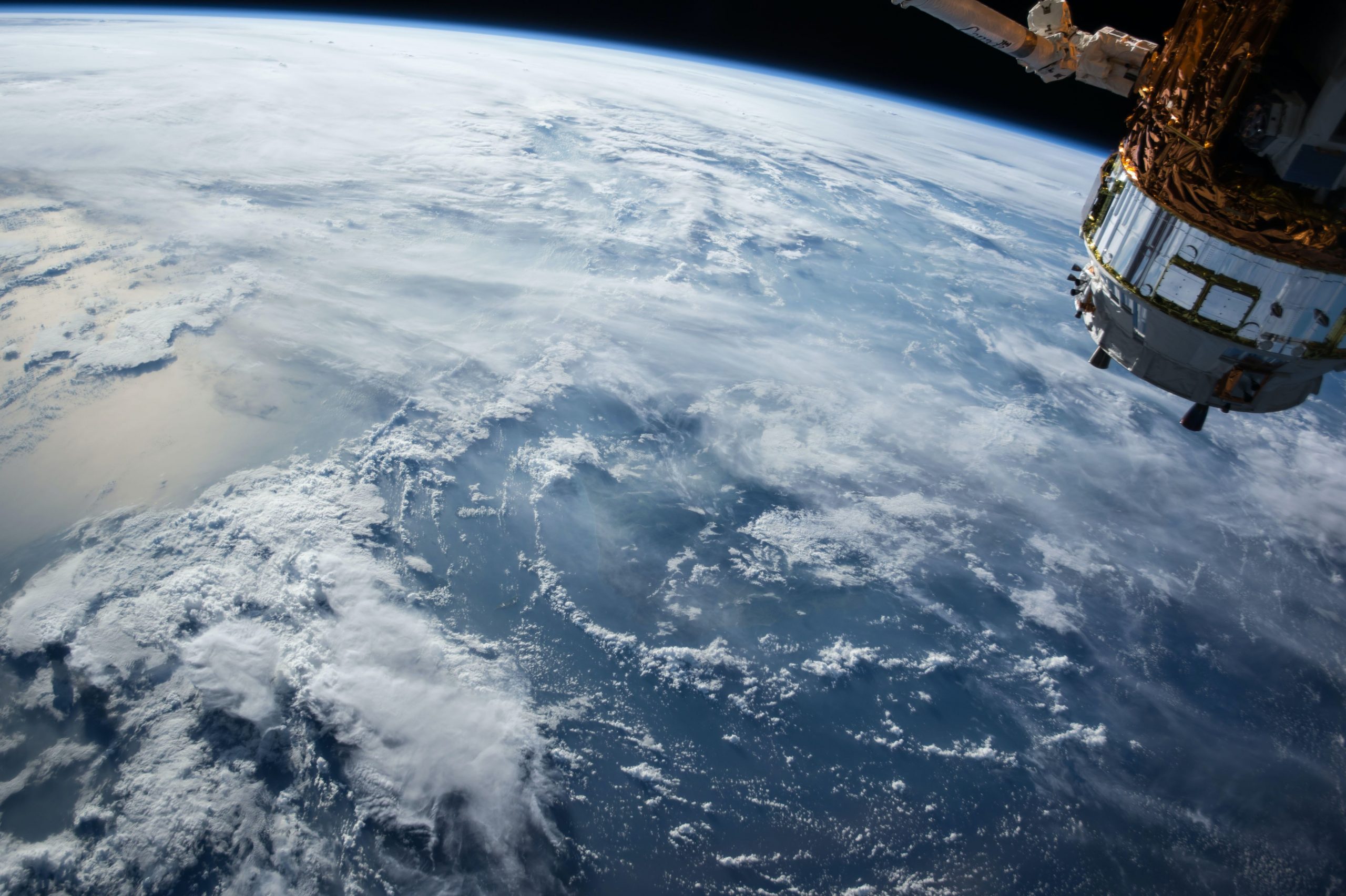A team of scientists at NASA has detected regional changes in atmospheric carbon dioxide (CO2) around the world for the first time owing to emissions from human activities during the COVID-19 pandemic.
The scientists quantified CO2 emissions from space during the epidemic using a mix of NASA satellites and atmospheric modelling, including data from NASA’s Orbiting Carbon Observatory-2 (OCO-2).
Previous research looked into the consequences of lockdowns early in the pandemic and discovered that worldwide CO2 levels fell modestly in 2020.
Also Read | Is it too late for the world to fight climate change?
The team was able to narrow down which monthly changes were attributable to human activities and which were due to natural causes at a regional scale by integrating OCO-2’s high-resolution data with modelling and data analysis tools from NASA’s Goddard Earth Observing System (GEOS).
The team’s data revealed that human-caused CO2 concentration rise in the Northern Hemisphere decreased from February to May 2020. It recovered throughout the summer, corresponding with a year-to-year decline in worldwide emissions of 3% to 13%.
According to the scientists, the findings are a significant step forward for researchers investigating the regional consequences of climate change and tracking the outcomes of mitigation initiatives.
Also Read | Every country failed to meet WHO’s air quality standards in 2021: Survey
The approach detects changes in atmospheric CO2 levels within a month or two after they occur, providing quick, actionable knowledge about how human and natural emissions are changing.
When the COVID-19 epidemic drove people to stay at home, fewer vehicles and other modes of transportation were on the road, resulting in significant reductions in the number of greenhouse gases and pollutants emitted into the environment.
However, in the case of CO2, a “sharp decline” must be considered in context, according to Lesley Ott, a research meteorologist at NASA’s Global Modeling and Assimilation Office at Goddard Space Flight Center in Greenbelt, Maryland.
Also Read | Climate change biggest threat, but few willing to change lifestyle: Survey
This gas may remain in the atmosphere for up to a century after it is released, which means that short-term changes may be lost in the wider global carbon cycle, which is a sequence of absorption and release that includes both natural and human activities. The early 2020 CO2 lockdowns represent only a minor fraction of the overall CO2 situation for the year.
“We saw fires in Australia that released CO2, we saw higher absorption from plants in India, and we saw all these different factors mixing together early in 2020,” Ott said. “The problem is to attempt to decipher that and figure out what all of the different components were.”
The Indian Ocean Dipole (IOD), a cyclical pattern of cooler-than-normal waters in Southeast Asia and warmer-than-normal oceans in the eastern Indian Ocean (positive phase) or the converse (negative phase), masked the signal in the Southern Hemisphere.
Also Read | Humanity is doomed: Young people on climate change
The IOD enjoyed an intensive positive phase in late 2019 and early 2020, resulting in a bountiful crop season in Sub-Saharan Africa and contributing to Australia’s record-breaking fire season.
According to the study, these occurrences had a significant impact on the carbon cycle and made identifying the signal of COVID lockdowns challenging.







